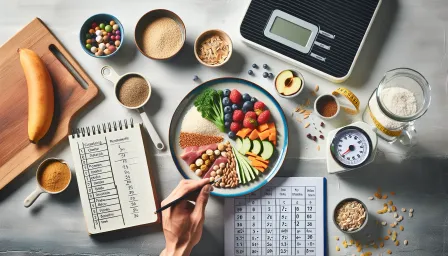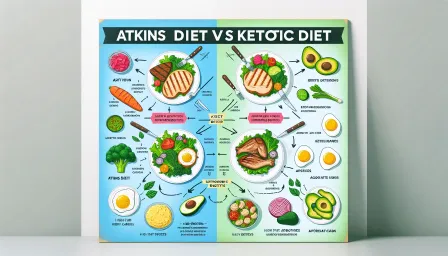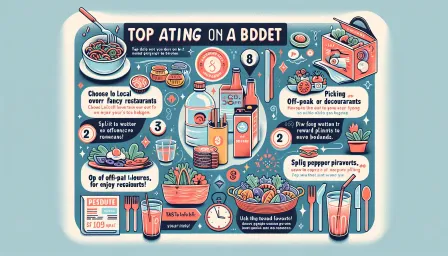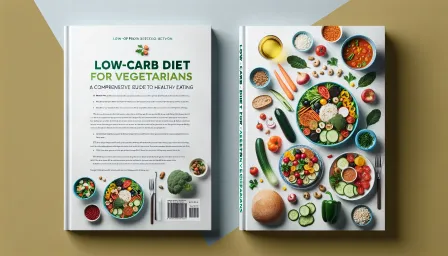Food Journaling for Dietary Restrictions: A Step-by-Step Guide
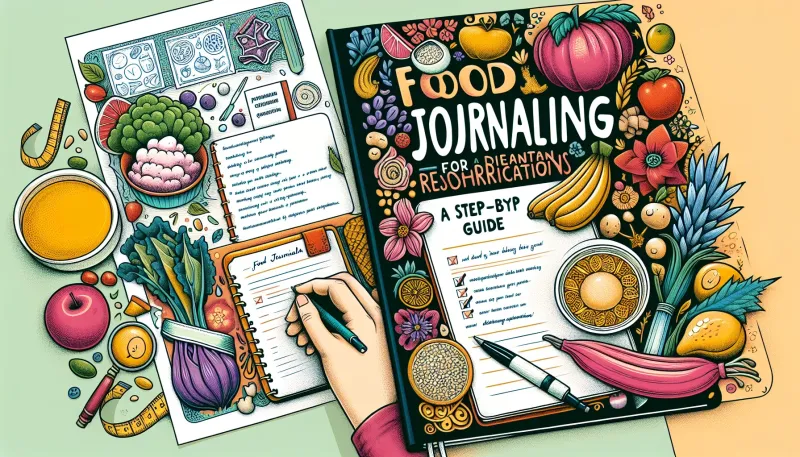
Discover a step-by-step guide to food journaling for dietary restrictions. Learn how to manage and monitor your diet effectively with practical tips.
Introduction
Dietary restrictions can be challenging to manage, particularly when you're trying to avoid certain foods or monitor food intake for health reasons. Whether due to allergies, intolerances, medical conditions, or personal choices, food journaling can be an invaluable tool in ensuring you adhere to your dietary needs. This comprehensive guide will teach you how to maintain a food journal effectively, providing step-by-step instructions and tips for successful food journaling for dietary restrictions.
What is Food Journaling?
Food journaling involves recording everything you eat and drink throughout the day. It’s a meticulous process that can provide insights into your eating habits and help you identify foods that trigger adverse reactions or don't align with your dietary restrictions. This practice is particularly helpful for individuals with strict dietary needs as it offers a structured way to monitor and adjust food intake.
Benefits of Food Journaling for Dietary Restrictions
Identifying Trigger Foods
One of the main benefits of food journaling is its ability to help you identify foods that cause negative reactions, such as allergies or intolerances. By keeping a detailed record, you can more easily spot patterns and pinpoint problematic foods.
Ensuring Nutritional Balance
For individuals with dietary restrictions, ensuring a balanced diet can be challenging. A food journal can help you track your nutrient intake and ensure you're meeting your nutritional needs without consuming restricted foods.
Improving Meal Planning
Food journaling aids in meal planning by providing a clear record of what you can and cannot eat. This way, you can prepare meals that align with your dietary needs and avoid last-minute food choices that may not be suitable.
Step-by-Step Guide to Food Journaling for Dietary Restrictions
Step 1: Choose Your Medium
First, decide how you want to keep your food journal. Options include traditional pen and paper, digital documents, or dedicated food journaling apps. Each method has its pros and cons, so choose one that best fits your lifestyle.
Step 2: Start Recording
Begin by noting down everything you eat and drink. Record details such as the time of consumption, portion sizes, ingredients, and how the food was prepared. Don't forget to include snacks and beverages.
Step 3: Include Additional Information
To make your journal more insightful, consider adding notes about how you feel before and after eating. This can help you identify any physical reactions to certain foods.
Step 4: Review Regularly
Set aside time to review your food journal periodically. Look for patterns or foods that consistently cause issues. This review process can help you make informed dietary adjustments.
Step 5: Adjust Accordingly
Based on your observations, start making necessary dietary adjustments. Replace problematic foods with alternatives and consult a nutritionist if needed to ensure your diet remains balanced and nutritious.
Tips for Effective Food Journaling
Be Consistent
Consistency is key to successful food journaling. Make it a habit to record all your meals and snacks daily. The more detailed and regular your entries, the more beneficial your journal will be.
Stay Honest
Honesty is crucial in food journaling. Record everything you consume, even if it's something you'd prefer to omit. Only accurate data can help you identify issues and improve your diet.
Set Reminders
If you find it challenging to keep up with your journal, set reminders. Alarms or notifications can prompt you to record your meals and ensure you don't miss entries.
Using Technology: Food Journaling Apps
In today's digital age, numerous apps can simplify food journaling. These apps often come with features such as barcode scanning, nutrient tracking, and pre-populated food databases, making it easier to record and analyze your diet. Some popular food journaling apps include:
- MyFitnessPal
- Lose It!
- Yazio
- Food Diary
- See How You Eat
These apps can be particularly useful for those with dietary restrictions, offering personalized insights and recommendations.
Consulting a Professional
While food journaling is a powerful tool, consulting a healthcare or nutrition professional can provide additional benefits. They can offer expert insights, help interpret your journal, and provide guidance on maintaining a balanced diet that accommodates your restrictions.
Conclusion
Food journaling for dietary restrictions is an effective strategy to manage and monitor your diet. By keeping a detailed record of your food intake, you can identify trigger foods, ensure nutritional balance, and make informed dietary adjustments. Consistency, honesty, and regular reviews are key to successful food journaling. Leveraging technology and consulting professionals can further enhance the benefits of this practice, helping you maintain a healthy and enjoyable diet despite dietary restrictions.






